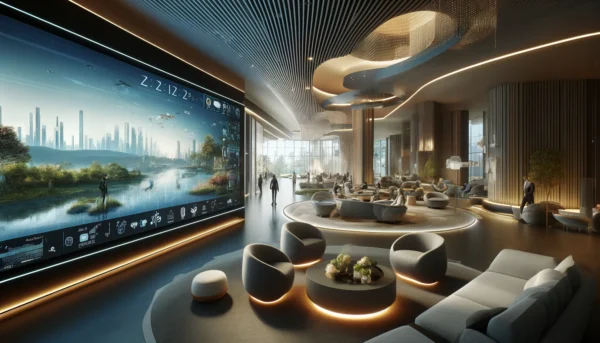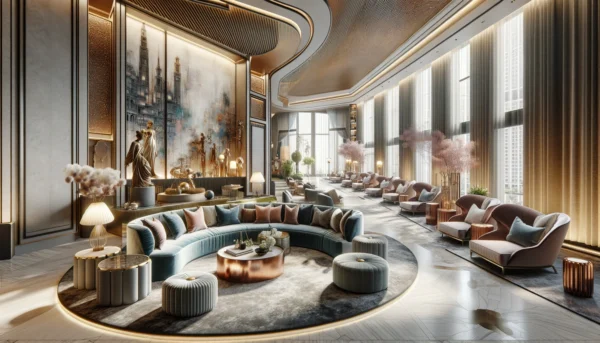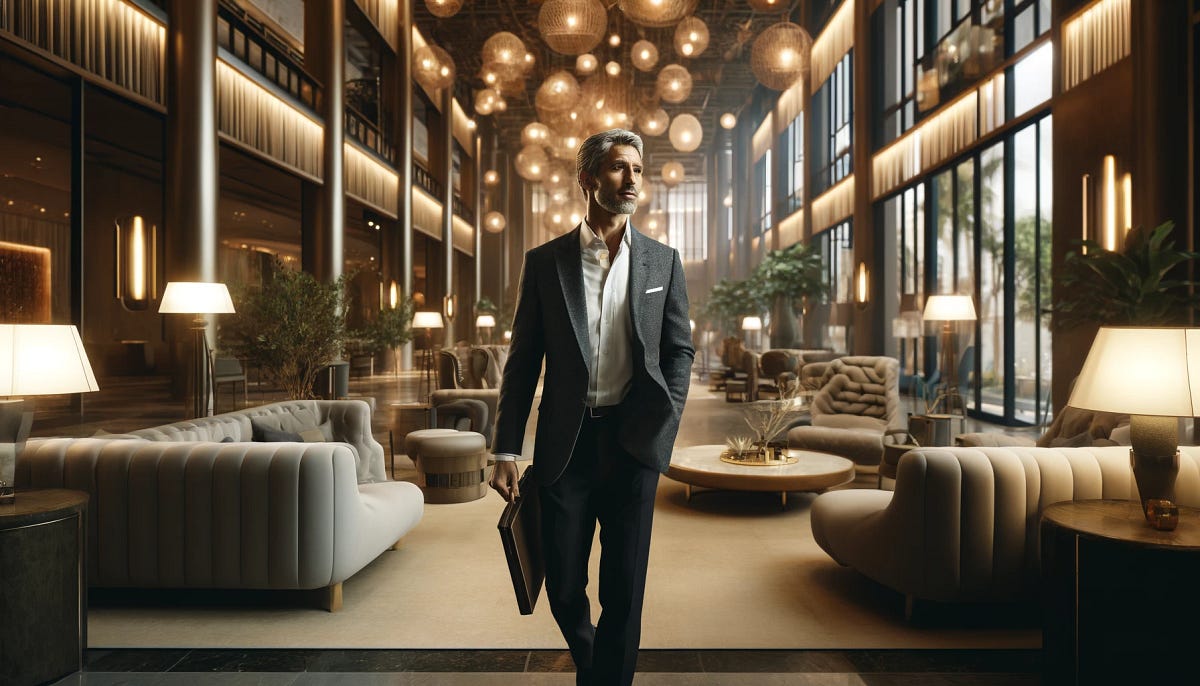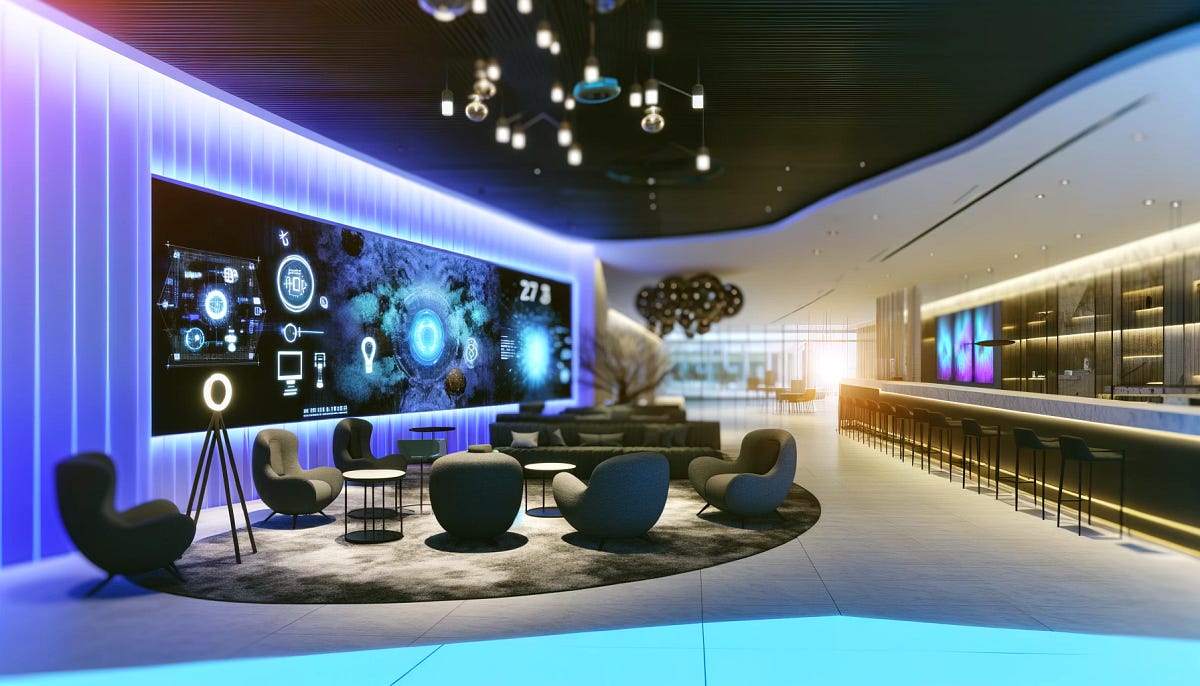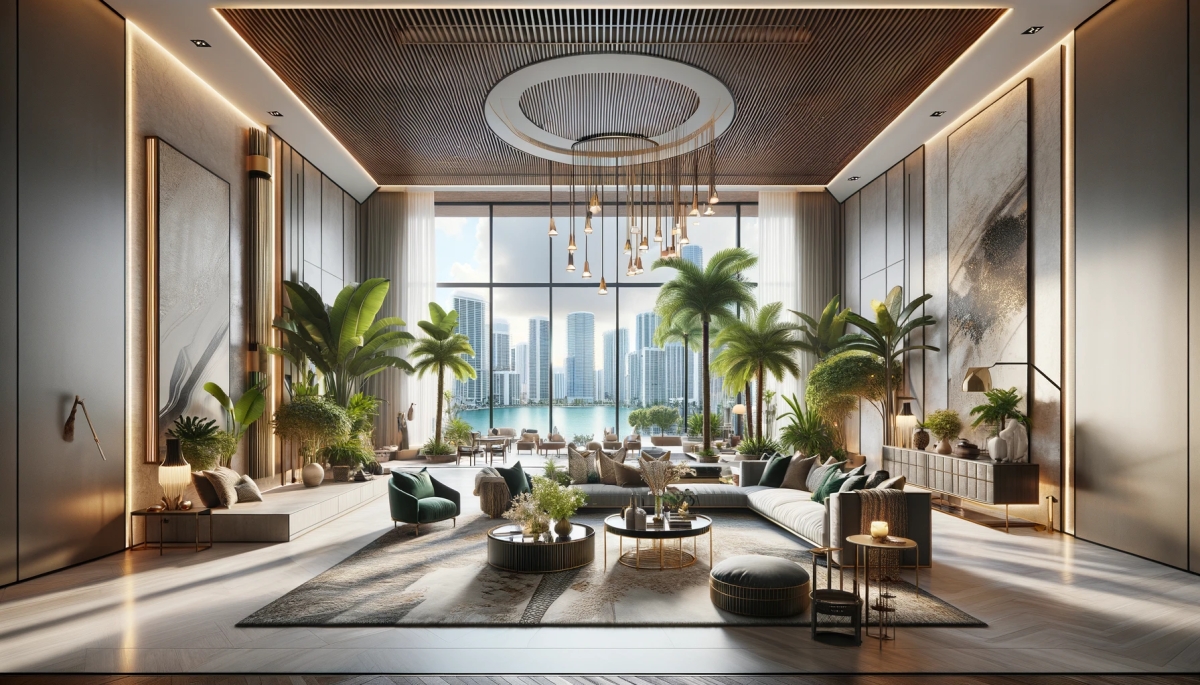
In the hospitality industry, first impressions are everything. A hotel’s interior design plays a pivotal role in shaping these impressions and, by extension, the overall guest experience. Effective design goes beyond decoration; it involves creating environments that evoke emotions, foster comfort, and meet guests’ practical needs.
One primary way interior design impacts guest experience is by creating a distinct identity for the hotel. Design can convey a sense of place by reflecting the local culture through art and furnishings or embodying a specific theme that resonates with the target audience. For instance, a hotel incorporating local architecture and art elements helps guests feel connected to the destination, enhancing their stay by providing a deeper cultural immersion.
Comfort is another significant aspect shaped by interior design. This encompasses not just physical but also psychological comfort. Color schemes, lighting, and materials play critical roles here. For example, soft, warm colors can make a space feel welcoming and relaxing, while natural light and outdoor views can uplift guests’ moods and overall health. The choice of materials, such as breathable fabrics and hypoallergenic finishes, also contributes to guests’ physical comfort.
https://fredericmarq.wordpress.com/

